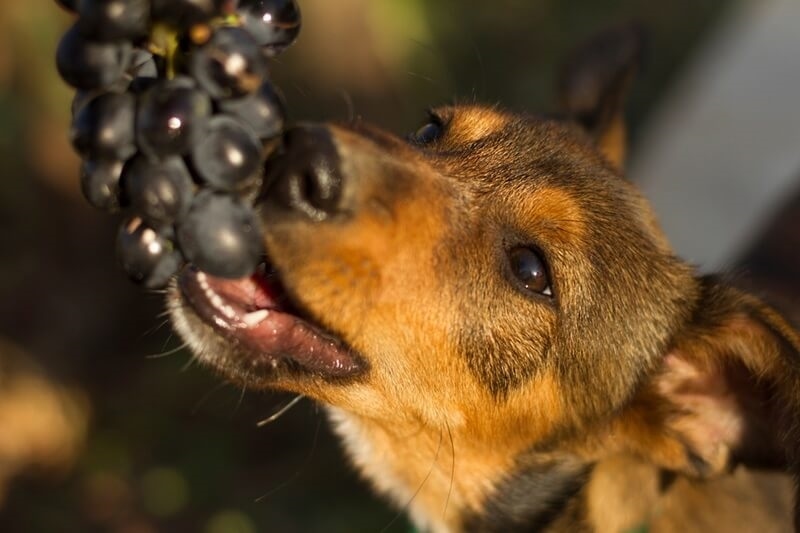
Pets are not animals but our family members. As responsible pet owners, we must provide them with love, shelter, and safety from unknown threats. Unfortunately, our homes have everyday foods and houseplants that are harmful and, in some cases, poisonous to pets. Most pet owners do not know that a forgotten snack on the kitchen counter or a corner houseplant can result in a medical crisis.
Throughout this blog, we will learn more about toxic foods and plants pets need to steer clear of, how these toxins impact animals, and what you can do to protect your furry companions.
Most animals have a different metabolic system from ours. They metabolize food and chemical substances differently from us. What is not toxic to us or even beneficial may be poisonous to our pets. Some foods cause mild gastrointestinal upset, but others cause permanent failure of organs or death.
Each pet owner should be aware of common toxins for his/her own safety in order to have a safe home.
No one is safe from chocolate—except your pets, never have to be. It has long been recognized that chocolate is poisonous to dogs, and cats will get very sick from it. The two toxic ingredients present in chocolate are theobromine and caffeine, both of which activate the heart and nervous system.
Dark chocolate, baking chocolate, and cocoa powder have the highest content of theobromine and are the most poisonous. Small amounts are hazardous, particularly to small dogs.
Increased availability and production of sugar-free products have resulted in greater exposure of xylitol pet danger, a sweetener that is highly toxic to pets. Xylitol is especially dangerous for dogs. Xylitol releases rapid insulin in sugar-free gum, toothpaste, baked foods, and certain peanut butters.
Even a small amount of xylitol is lethal. Cats are less vulnerable but are still hazardous if they are exposed.

Several individuals know that raisins and grapes are poisonous to dogs. Although all animal reactions are not the same, even tiny quantities of all animals will lead to the failure of their kidneys. Nobody is certain why, but the outcome can be fatal.
Prompt veterinary attention is essential. If you think your pet has ingested grapes or raisins, don't delay—get them to a doctor immediately.
Lilies are one of the most common flowers used for decoration, but they are extremely toxic to cats. Even brief exposure—like licking pollen from their fur or sipping from a vase of flowers—can be fatal. Lilies are toxic to cats, a cat hazard that every cat owner should know.
Lilies, tiger lilies, daylilies, and Asiatic lilies are highly toxic. If you own a cat, never get lilies into your house.
Though these add flavor to our food, they are toxic to pets. They are comprised of chemicals that break down the red blood cells, possibly leading to anemia.
Both raw and cooked forms are poisonous. Keep onions, garlic, leeks, and chives out of reach from where your pet has access.
There are houseplants that adorn homes but are poisonous to pets. Irritation or systemic sickness may result from chewing on leaves of plants or even simple contact with toxic plants.
For pet animals that enjoy snacking on leaves, replace toxic species with nontoxic ones such as spider plants, prayer plants, or bamboo.
Alcohol and caffeinated drinks such as coffee, tea, and energy drinks are hazardous to animals. A sip can be extremely problematic.
Drinks, uneaten cups, and boozy desserts should never be offered to pets.
Leftovers are so tempting for pet owners to share with their pets, but the bones and fatty foods will be damaging. The fatty foods will trigger pancreatitis in dogs, and cooked bones splinter and destroy the digestive tract.
Hazards include:
Raw meat may also have bacteria such as Salmonella or E. coli. Feed pets only special food.
Avocados are a healthy food for humans, but not so much for pets. Avocados have a toxin named persin, which is harmful to birds and canines, but felines and larger-sized dogs are safe. However, cats and dogs are also susceptible.
Have your vet’s contact information readily available and save the number of poison control services.
Being proactive is the best way to prevent accidental poisoning. Small changes to your home and routine can make a big difference.
Rather than taking a risk, provide your pets and spaces with completely safe alternatives.
These options make your home gorgeous and your pet healthy, both at once.
Symptoms of poisoning may be disguised as another illness. Frequent well-pet visits enable veterinarians to catch subtle evidence of disease or toxicity, particularly if you did not even realize an exposure had occurred.
Make it a habit to:
This proactive care may make all the difference between timely intervention and having a medical crisis.
Pet safety is not an individual task—it's a community one. Share the information about poisonous plants and pet foods they shouldn't touch with friends, family, and pet sitters. Poisoning happens most often when good-hearted people unwittingly leave poisonous treats out or include poisonous plants in their home.
Sharing information is a way to avoid accidents in homes outside of your own and keep additional pets safe. A little education goes a long way towards saving lives and responsible pet ownership.
We have no doubt that pets rely on us for safety and well-being. By knowing toxic foods and plants pets should not consume, we can ensure the risk of accidental poisoning is reduced.
Whether it’s poisonous chocolate to cats, dogs, growing concern regarding xylitol pet hazard, or festive lilies poisonous to cats, being aware is your pet's greatest protection. Let curiosity or plain error not become a question of life and death for your pet.
This content was created by AI